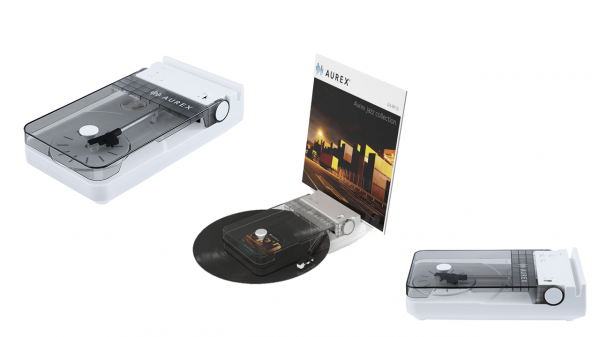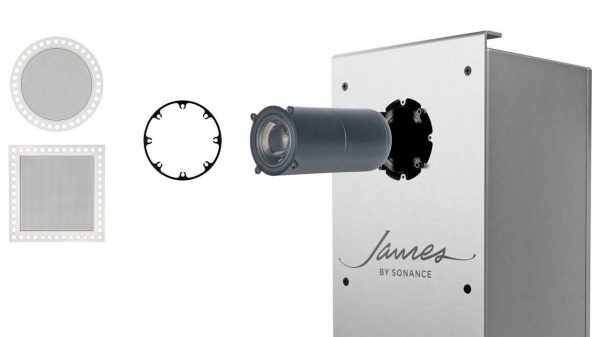Turns Moving Vehicles into Roving “Hot Spots” for Wi-Fi Devices; Satellite Link Enables Access in Remote Areas Offering No Cell or Landline Service
LAS VEGAS, January 5, 2005 — Announcing a breakthrough in mobile computing and communications, RaySat, Inc., a developer of mobile video receiving systems, today introduced the world’s first vehicle-based satellite antenna providing in-motion, high-speed Internet access to motorists, including emergency personnel, riding in cars, trucks, or motor homes. The new SpeedRay 3000 is based on an enclosed low-profile, roof-mounted antenna, which turns any vehicle into a rolling “hot spot,” enabling Internet access to laptops, PDAs, or other devices equipped with Wi-Fi wireless networking technology.
The innovative system provides Internet download speeds up to 2 mbps and upload speeds up to 128 kbps, shared among users in the vehicle. In addition, using technology also developed by RaySat, the SpeedRay 3000 provides moving vehicles with strong reception of digital satellite TV and music channels. Since it communicates solely via satellite, the antenna can be used effectively in remote areas where cellular and land-line connections are not available.
“With our latest breakthrough technology, we’re moving from being purely an in-vehicle entertainment company to being a communications solution provider in moving vehicles,” said RaySat President and CEO Samer Salameh. “We came out of the gate swinging late last year with an array of products that are completely revolutionizing the industry. Partner and customer response has been great, due to our combination of great performance and leading technology.”
The SpeedRay 3000 is compact, easy to install and employs a five-inch high dish antenna housed in a low-profile, roof-mounted, impact-resistant case. Designed for use by consumers as well as emergency “first responders,” the new antenna provides a highly reliable alternative to terrestrial based communications systems, which may fail in emergencies or not provide sufficient range in remote areas.
To provide continuous signal feeds, the SpeedRay 3000 uses a phased-array antenna that rotates (inside its housing). Its panels constantly move up and down and back and forth, to track and maintain the satellite signal regardless of the vehicle’s position relative to the satellite with which it is in communication. For convenience and reliability, the system’s Wi-Fi transceiver, which supports the most widely used wireless networking standards (IEEE 802.11b and 802.11g), is built into the dish antenna housing and so requires no separate installation or connections.
Salameh said the RaySat is scheduled for availability in the third quarter of 2005 and will retail for $3,495.00. Installation and subscriptions to TV and Internet service are additional.
Company Information
In business since 1997, RaySat, Inc. is a leading supplier of in-motion, low profile, phased-array satellite antennas. With the company’s TorpedoRay product already enabling broadband Internet access on high-speed trains in Europe, RaySat has positioned itself as a leader in the rear-seat automotive entertainment industry with the launch of its consumer antennas in the U.S. and Canada. Staffed by over 120 professionals, RaySat is headquartered in Vienna, Va., with R&D and sales facilities in Europe and representative offices in Japan.
# # #























